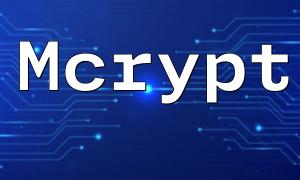In PHP development, debugging is an inevitable task. Especially when errors occur, backtrace information provides valuable clues. PHP's debug backtrace information is a critical tool for developers to analyze the execution flow of code and diagnose issues. By analyzing this information, developers can quickly identify problems and improve development efficiency.
Backtrace information is the call stack data generated during program execution. When an error or exception occurs, PHP automatically generates a backtrace that records the execution path when the error happens. The backtrace contains the file name, line number, and the order of function calls at the time of the error.
Backtrace information typically includes the following parts:
In PHP, backtrace information is usually automatically output when a fatal error occurs. Developers can also write custom error handling programs to capture and process errors, allowing for more detailed backtrace information. Below is an example of how to implement custom error handling in PHP:
In the above code, we use the `debug_print_backtrace()` function to output the current call stack information. This is extremely helpful for understanding the context in which the error occurred.
When analyzing PHP debug backtrace information, developers can adopt the following strategies:
Check the related code line by line based on the line number provided in the backtrace information to confirm the execution of each step. This approach allows you to quickly pinpoint the issue.
Carefully analyze the call stack and understand the relationships between functions. This can help determine whether the issue originates from a specific function call, narrowing down the scope of the problem.
During PHP debugging, using debugging tools can significantly enhance efficiency. For example, Xdebug is a powerful PHP debugger that provides detailed backtrace information and supports line-by-line code execution.
PHP debug backtrace information is an essential tool for solving development problems. Understanding its structure and how to obtain it can significantly improve debugging efficiency. With the right analysis techniques and debugging tools, developers can not only quickly locate errors but also optimize the code, enhancing application stability and performance. We hope this article helps you better understand and apply PHP debug backtrace information to boost your development efficiency.









